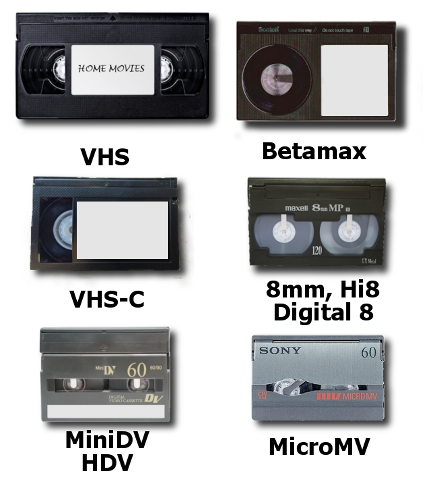

(Once you buy a new bulb for your old projector.) The first step is to clean your 8mm, Super 8mm or 16mm film projector’s gate and sprockets to eliminate dust. This process has one major advantage: it’s free. We’ll point our camcorder at our old movie screen and hit record. The first idea that may pop into your mind is what we might call a reverse-Kinescope. We’re going to explore three other, more affordable, do it yourself methods of transferring film to DVD. OK, so you’ve had some trouble lining up the funds for a Hollywood transfer. Using Reverse-Kinescope to Transfer 8mm and 16mm film to video or DVD But you’d still need to find a way to transfer video tape to DVD, if that’s its ultimate destination. In this process, a Rank operator and colorist stops the machine at each shot to color correct each single run or exposure of the camera negative.

Costs might range from about $300 for a simple transfer with no color correction to $600 per working-hour for a supervised transfer. The source film is often transferred to DigiBeta tape so it can be easily processed on a computer. This is what the pros use to get the highest quality possible film to video transfers. One transfer instrument common in the professional arena is the Rank-Cintel film-to-tape machine. 8mm, 16mm, 35mm and 65mm film negative or film positive is transferred to any one of 26 (and counting) available media. The preservation process is big business for the film industry which uses a very sophisticated process. There are two primary reasons for doing so: (1) to archive content from a decaying media, in this case film, and (2) to give us convenient access to our movies. Today, we want to do the opposite: transfer from film to video and DVD. You’ve seen samples of this in broadcasts like "The Honeymooners: The Lost Episodes." The quality is not that great: How good can a filmed copy from a TV really be? Then again, a Kinescope copy is certainly better than no copy. Television broadcasts were preserved using a Kinescope process, which involved filming live video feeds directly off a television. Since the 1950s, the only way to preserve television images was to make an inter-negative or a film dub. Ironically, early television broadcasters had a different problem.

It’s an easy process, but there are several options you’ll need to consider before you can watch those old home movies on your DVD player. Now that DVD is an affordable option, it’s time to do that film to video transfer. Every day that goes by is a day that degrades your celluloid movie memories. It’s important, more now than ever, to take advantage of preserving your movie treasures.


 0 kommentar(er)
0 kommentar(er)
